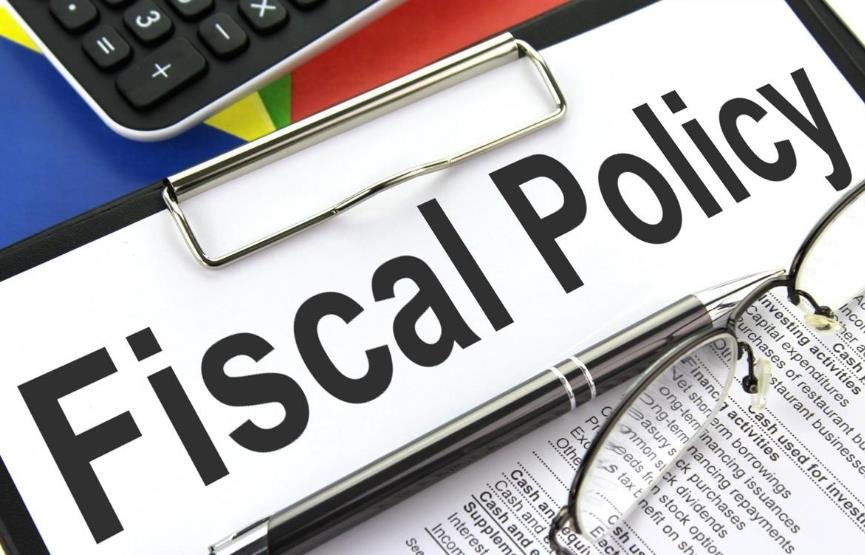Climate change is one of the most pressing challenges of our time. It poses serious threats to the environment, the economy, and human well-being. To avoid the worst consequences of global warming, countries need to take urgent and ambitious actions to reduce greenhouse gas emissions and adapt to the changing climate.
However, implementing effective climate policies is not easy. Policymakers face a trilemma of balancing between achieving climate goals, debt sustainability, and political feasibility. This is the main message of the latest Fiscal Monitor report by the International Monetary Fund (IMF), titled Climate Crossroads: Fiscal Policies in a Warming World.

The Baseline Scenario: Business as Usual
The report takes stock of mitigation policies across countries and assesses their progress toward meeting the Paris Agreement goals of limiting global temperature rise to well below 2°C and pursuing efforts to limit it to 1.5°C above preindustrial levels. The report identifies two types of gaps: ambition gaps and policy gaps.
- Ambition gaps are the difference between countries’ own nationally defined contributions (NDCs) and what is required to deliver on the Paris Agreement goals.
- Policy gaps are the difference between the national targets and the outcomes achievable under “business-as-usual” conditions.
The report finds that both gaps are large and persistent. Under the baseline scenario, global emissions are projected to increase by 16 percent by 2030 and 35 percent by 2050 compared with 2018 levels. This would result in a global temperature rise of about 2.7°C by 2100, with potentially catastrophic consequences for the planet and humanity.
The Policy Mix: Carbon Pricing and Beyond
The report argues that scaling up the current policy mix—heavy on subsidies and other components of public spending—to deliver net zero emissions by 2050 would lead to an unsustainable accumulation of public debt. For a representative advanced economy and a representative emerging market economy, public debt would increase by 40–50 percentage points of GDP by 2050.
The report presents illustrative combinations of policies that limit the increase in the public debt ratio to the range of 10–15 percentage points of GDP by 2050. The key elements of such a policy mix are:
-
- Enhancing international cooperation on climate finance, technology transfer, and capacity building
- Providing debt relief and concessional financing for low-income countries
- Strengthening multilateral institutions and frameworks to monitor and enforce climate commitments
The report concludes that fiscal policies can play a vital role in tackling climate change without breaking the bank, if they are well designed and coordinated. It calls for a green fiscal stimulus to support the recovery from the COVID-19 pandemic and accelerate the transition to a low-carbon economy. It also urges countries to seize the opportunity of the upcoming COP26 summit in Glasgow to raise their climate ambitions and actions.
